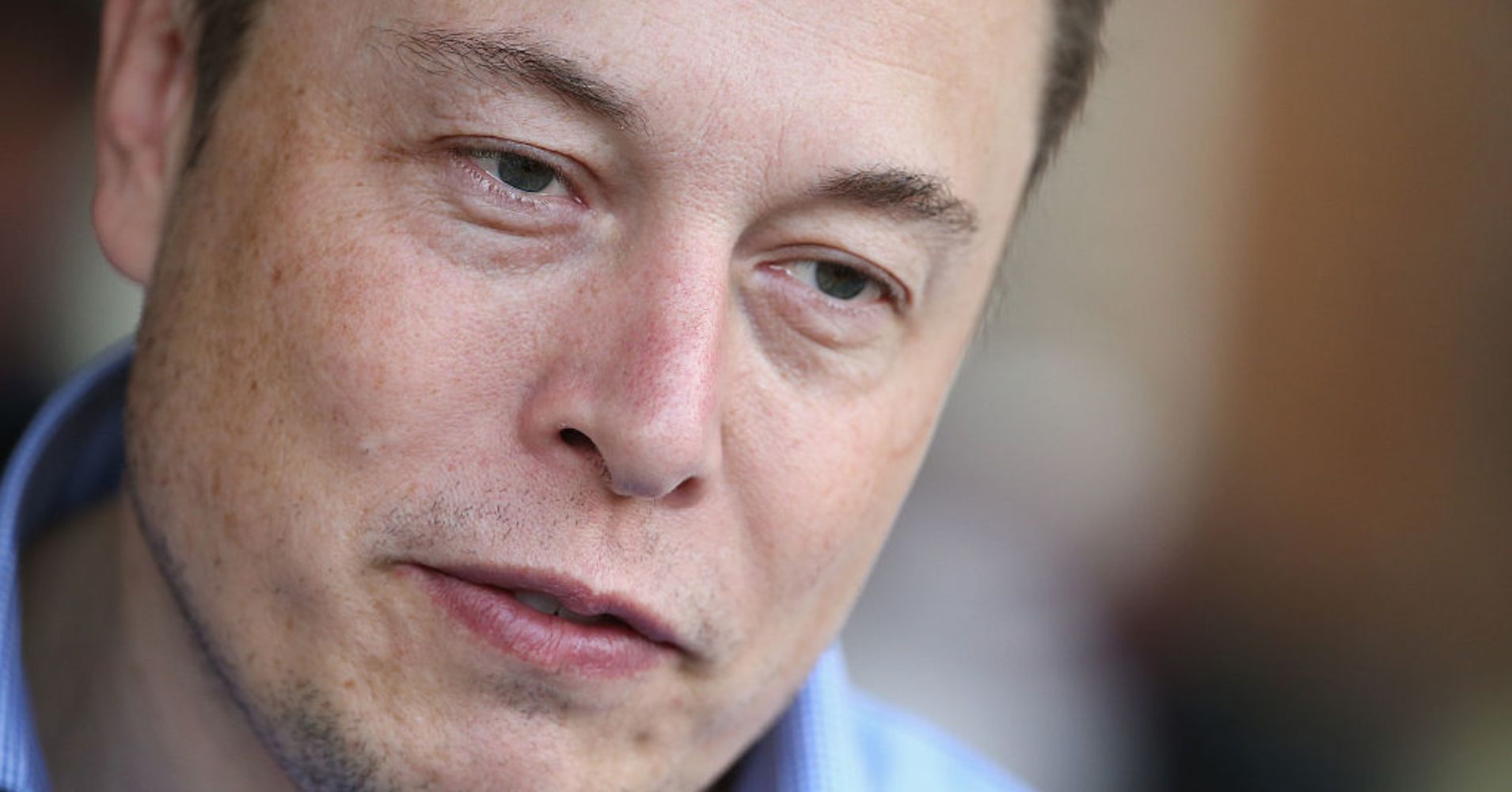
Tesla’s 13 percent stock slump on Friday was the biggest of the new year, and the seventh-steepest since the company’s public market debut in 2010. The decline followed an announcement by CEO Elon Musk that Tesla is slashing 7 percent of its full-time jobs as it ramps up production of Model 3 sedans.
The last time Tesla investors had a day that rough was Sept. 28, when the stock plummeted almost 14 percent after the Securities and Exchange Commission sued Musk for fraud.
For the most part, shareholders have been rewarded for gambling on the electric car-maker and its enigmatic CEO. The stock debuted at $17 and is now trading at over $300. If you invested $1 million in the IPO, that stake would now be worth about $17.8 million.
But it’s always been a volatile story. The company’s economics are very challenging, production delays are routine and there’s no telling what Musk will say or do at any given time. That uncertainty has made the stock a big attraction for short-sellers, who profit when it falls.
Tesla’s biggest one-day declines in its nine years as a public company have been tied to all of those issues. Here’s what caused the most dramatic drops.
More than six weeks after Musk tweeted “funding secured,” in reference to his efforts to take the company private at $420 a share, the SEC sued the Tesla CEO for issuing “false and misleading” statements and for failing to properly notify regulators of material company events. Musk called the SEC’s allegations “unjustified” and said he “never compromised” his integrity.
The suit was filed after the market closed on Sept. 27, and the stock tumbled 14 percent the next day to $264.77. However, the shares more than recouped their gains on the following trading day, Oct. 1, climbing 17 percent after Musk settled with the SEC, agreeing to pay a civil penalty of $20 million and give up his role as board chairman for at least three years. The SEC also fined Tesla $20 million and said the company had to appoint two independent directors to the board.
When Goldman Sachs talks, investors listen.
Goldman analyst Patrick Archambault, who covers Tesla, put out a report with a price target on the stock of $84, a 34 percent discount to the prior day close of $127.26. Archambault had come up with three scenarios for the company, based on how many cars it would sell, market share and operating margin. The bull case for the stock had the company reaching 3.5 percent global market share in two categories and 15.2 percent operating margin, but even so the stock would only be worth $113 a share.
More than five years later, Tesla’s operating margin is just a little over 6 percent, but the stock has soared nonetheless. And investors quickly found a buying opportunity after the sell-off from the Goldman report, pushing the stock up 10 percent the next day.
It appeared to be a solid earnings report, with revenue coming in ahead of estimates and the company actually showing some profit.
But investor expectations were sky-high, as the stock had doubled in just a matter of months. So the optimistic report wasn’t good enough and the shares plunged when the market opened. They dropped another 7.5 percent the next day.
It had been 180 days since the IPO, meaning insiders had the option to sell. Venture-backed companies often take a dive when the lock-up period expires and big investors start seeking liquidity.
The sell-off started in anticipation a day earlier, with a 7.8 percent decline in the shares.
Tesla had a successful market debut on June 29, as the stock jumped 41 percent to close at $23.89. But the honeymoon didn’t last long.
The shares dropped each of the next five trading days, tumbling below the $17 IPO price on July 6 as investors worried about the company’s mounting losses. In the first quarter of 2010, Tesla’s net loss of $29.4 million exceeded revenue of $20.8 million.
Tesla’s biggest one-day drop came on a day that the company announced two key departures, just as it was gearing up to start selling the Model S.
Peter Rawlinson, vice president and chief engineer, stepped away “to tend to personal matters in the U.K.,” a company spokesperson said in a statement. It was also revealed that day that Nick Sampson, who was director of vehicle and chassis engineering, had recently left the company.
Investors weren’t ultimately too concerned. The stock rallied 17 percent the next trading day, its fifth-best day ever.

